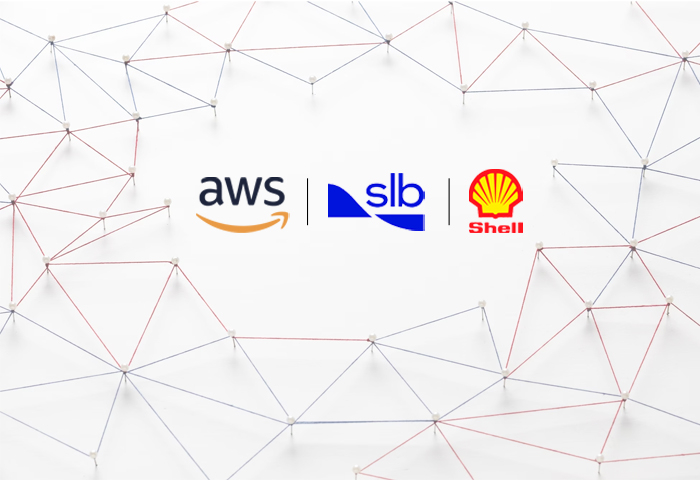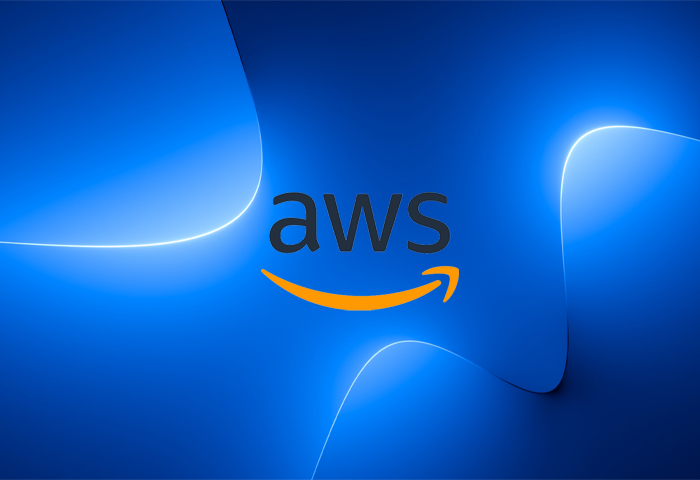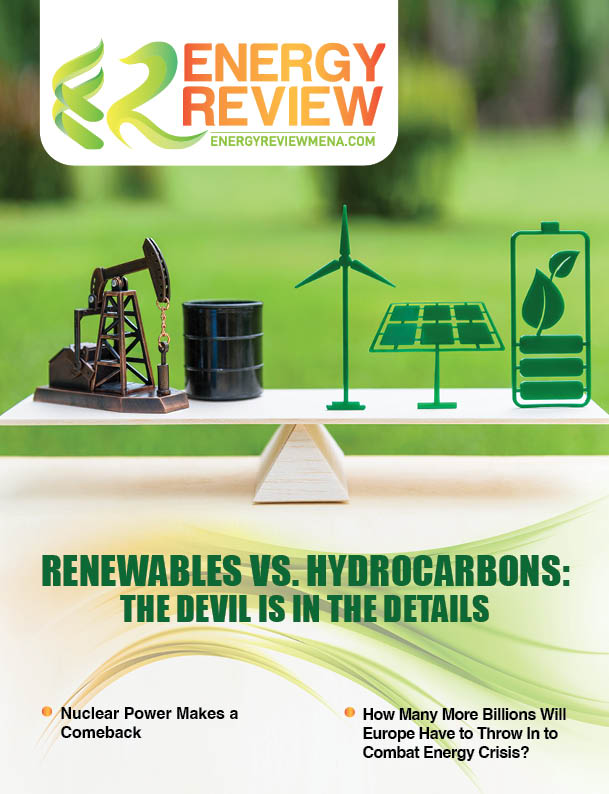As one of the leading energy partners in the Middle East region, ENGIE has been the GCC’s pioneering independent water and power developer with a portfolio which now produces 30.5 GW of power and 5.8 million m3 of drinkable water through desalination. Stephan Gobert, Senior Vice President, Hydrogen AMEA at ENGIE, speaks to Energy Review about his company’s efforts to drive clean energy in the utility sector and the role of hydrogen in the MENA region.
Green hydrogen seems to be the buzzword in the energy industry lately, how strong is the proposition of hydrogen as zero-carbon fuels? In your opinion, what are the key challenges of achieving its potential in the MENA and Asia region?
Green hydrogen is manufactured from renewable energy sources. There is a lot of momentum in the transformation of the energy grid from fossil fuels based – mainly oil and gas – to renewable resources, even in the MENA region which is an oil and gas hub. The main driver for this transformation is to accelerate the targets of climate change. Saudi Arabia and the UAE have set their carbon-neutrality goals by 2050 and 2060 respectively. So, there is a huge pressure to transform the energy mix and bring renewable resources into the country.
Based on that, it is natural to transform green electrons into a new source of fuel – which is hydrogen created by converting energy into green molecules by splitting water and electrolytes. We can use this energy and transport it to neighboring countries or some other regions of the world that are less blessed with renewable energies on the ground.
We can see that the MENA region — which has been a hub of oil and gas for decades — is transforming itself and could become a hub of energy and export it in the means of hydrogen or derivatives to countries or industries and sectors that want to decarbonize.
The easy way to fight climate change is to electrify industries but it is not an easy process as everything cannot be electrified. As such, hydrogen can be brought directly as a feedstock into these processes and then reduce CO2 emissions as a means of energy and electricity into the electrified processes. For example, in South Africa, we converted the diesel-powered mining trucks to electricity-powered by using hydrogen from renewable sources. We believe that those applications are meaningful for countries and industrial sectors that are under pressure to reduce Co2 emissions as investors have also become more and more demanding when it comes to the energy transition to cleaner sources of energy. Hence, green hydrogen has a big role to play in the energy value chain. Why the MENA region can stand out is simply because, in the cost of production for green hydrogen, 60% to 70% of the cost of the molecule of hydrogen is coming from the cost of renewable electricity. We have witnessed that Saudi Arabia, UAE, and Morocco have the world's lowest tariffs in producing those renewable energies. That component is very important. The other part of the component is linked to the technology such as the electrolyzers and equipment to produce hydrogen. The MENA region is offering a very low cost of electricity and it is ideal for developing further hydrogen production projects and playing a role globally.
Also, the MENA region provides a good combination of various renewable energy resources such as wind and solar to load electrolyzers to ensure that the equipment is working efficiently 24/7. Also, the UAE has a low cost of electricity as regards to solar-powered energy and is already very competitive compared to European countries where they have limited access to renewable energy resources. As is the case in India; Europe; and Asia, finding land to build renewable energy assets such as wind farms and solar plants is very difficult. On the other hand, the Middle East region especially, the UAE, and Saudi have an abundance of land and access to those lands which is a big advantage.
How will green hydrogen benefit the utilities sector? Are the current infrastructures ready for the change?
The advantage of hydrogen is you can store it. As you know, the disadvantage of renewable energy is that it is intermittent. So the energy produced during the day or night can be stored in the form of hydrogen and used on an as-needed basis. And because of this, the reliance on existing infrastructure is crucial. Ideally, it is easier to produce hydrogen where you need it directly which is not always possible. In Japan for example, where they do not have renewable energy capacity and rely on importing energy from other countries. Since you have to move this new source of energy between countries, the use and re-use of existing infrastructure and distribution networks are important as it involves a huge investment in setting up new hydrogen-producing plants. We are targeting those countries and regions with existing infrastructure to build new assets. We are even looking at transporting direct hydrogen into pipelines and we are conducting tests and trying to see if we can blend to a certain amount of the existing gas distribution network. In a project in Australia, we are injecting hydrogen into the existing gas network up to a certain percentage and by default making the network suited to support carbon neutrality goals. As utilities ourselves, we have a legacy portfolio of power-generation assets – coal, gas – we are looking at ways to bring hydrogen to blend the existing fuel. If it is coal, we can bring ammonia and profile existing assets and reduce Co2 emission and the same can be applied to the gas. Many OEMs and gas turbines are already capable of absorbing some percentage of hydrogen in profiling reducing Co2 emission. In the future, those turbines can work 100% on hydrogen. Hence, for utilities sector, it’s already very important. Hydrogen derivative ammonia is also being used to reduce Co2 emissions. Transporting hydrogen is still difficult as it is very explosive and hard to handle. We have been trading ammonia which is produced on natural gas. We can transport green ammonia from green hydrogen from natural gas and use that in the industry. In line with our customers’ interests, we are moving toward the direction of natural evolution for the utility provider to bring all sources of clean energy and transform our portfolio into something more sustainable in the energy transition.
According to the International Renewable Energy Agency (IRENA), approximately 95% of worldwide hydrogen production comes from fossil fuels. How can hydrogen be generated from renewable sources to accelerate the decarbonisation drive in various sectors?
Hydrogen is still in its infancy. We have been looking at hydrogen as a source of energy for the last 5 to 6 years at Engie. Over the years, it has evolved a lot from our initial understanding of it being very expensive because the cost of renewable energy was also expensive. The cost of electricity generated by renewable sources has been doing down in the last decade. It is now becoming more competitive because the cost is key for customers as well as countries. Big announcements for hydrogen projects have already been made and we can anticipate that the 95% will reduce and by 2030, we should have a bigger proportion of hydrogen produced from renewable energy than from natural gas. The blue and green hydrogen trends will evolve by 2030 and beyond 2030, we can imagine green hydrogen will be more competitive and widely used globally.









